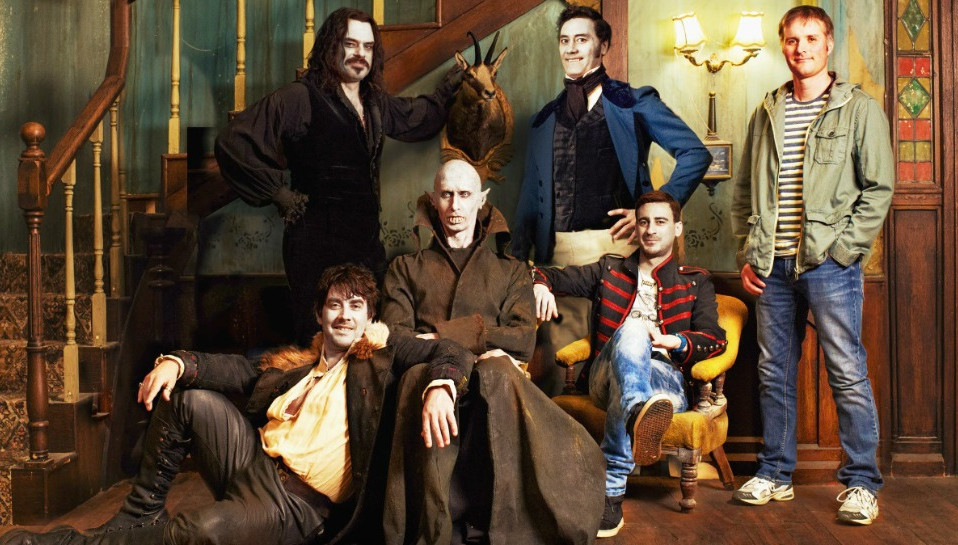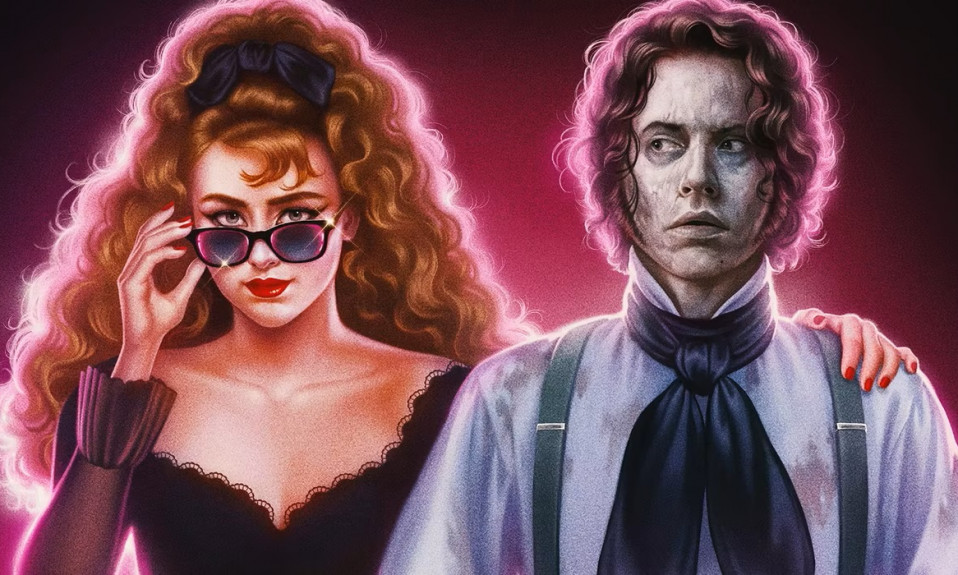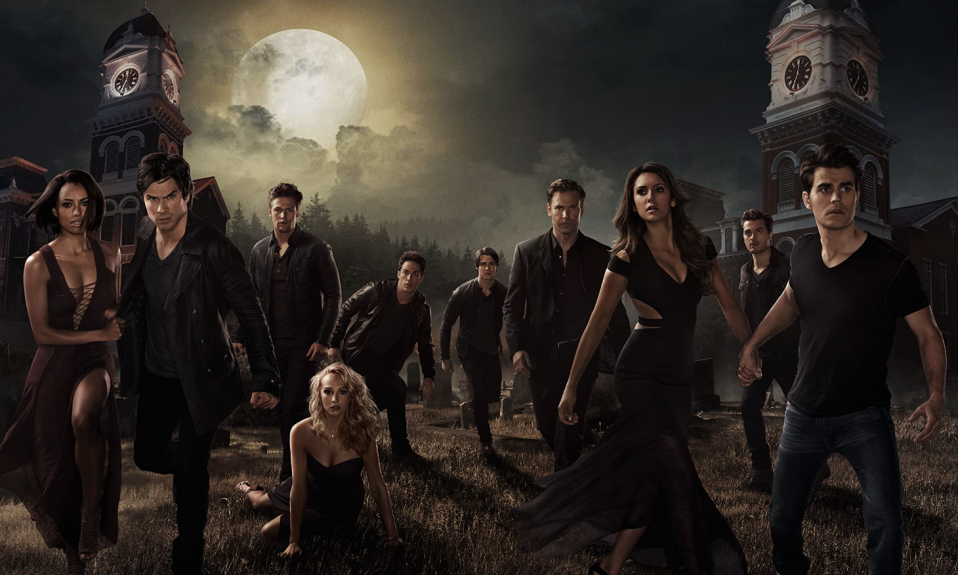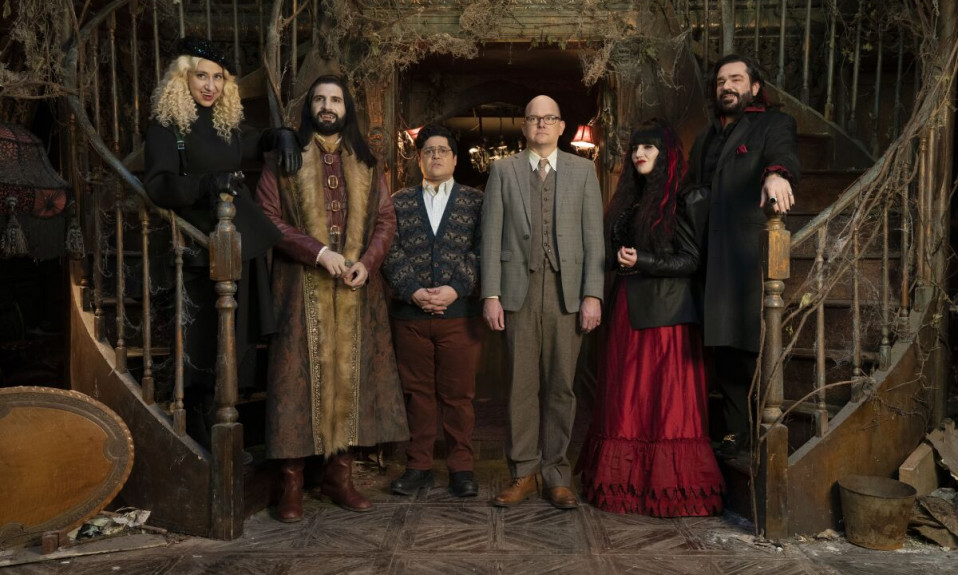Monsters have been in film and television more or less since the beginning of film and television. Sometimes these monsters have been the creation of filmmakers, sometimes adapted from books and sometimes tapping into centuries-old folk tales and legends.
Vampires
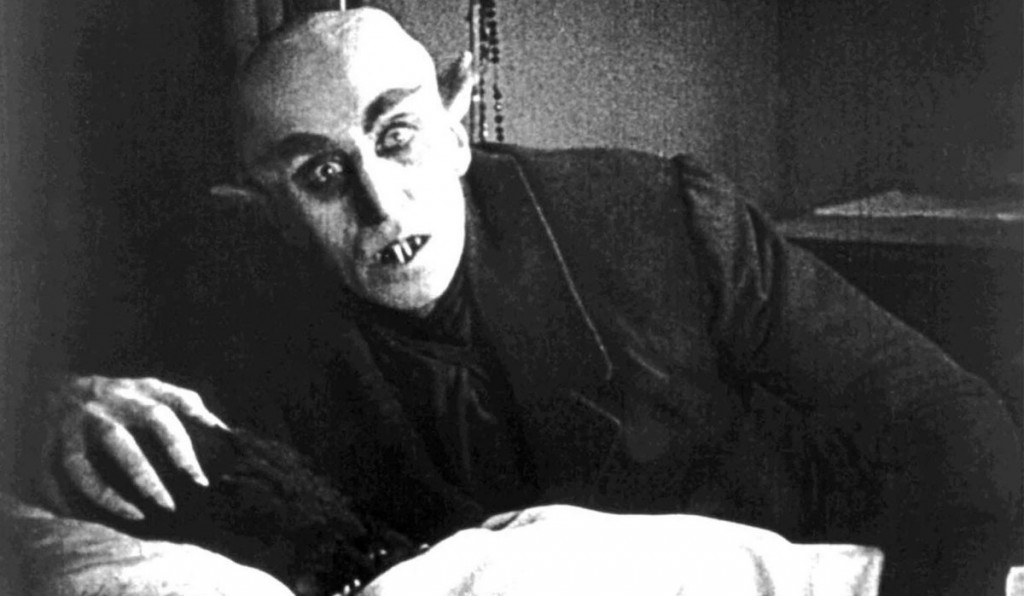
Nosferatu (1922) is often credited as the first vampire movie and has gone down in cinema history, the striking image of the villain, Count Orlok, is still familiar to people a hundred years later. By 1931 we did get Dracula, played by Bela Lugosi, and his portrayal of the character became the stock Dracula interpretation. Vampires have changed a lot over the decades – from the cool young vampires of The Lost Boys to the terrifying child Eli in Let The Right One In. Perhaps the most influential in recent years has been the tv show Buffy The Vampire Slayer, a show which played with a lot of the typical vampire tropes and featured the now-iconic character of Buffy – a teenage vampire slayer. Another recent standout has been the film and tv show What We Do In The Shadows – a mockumentary following a household of vampires and both the film and show are hilarious.
Mummies
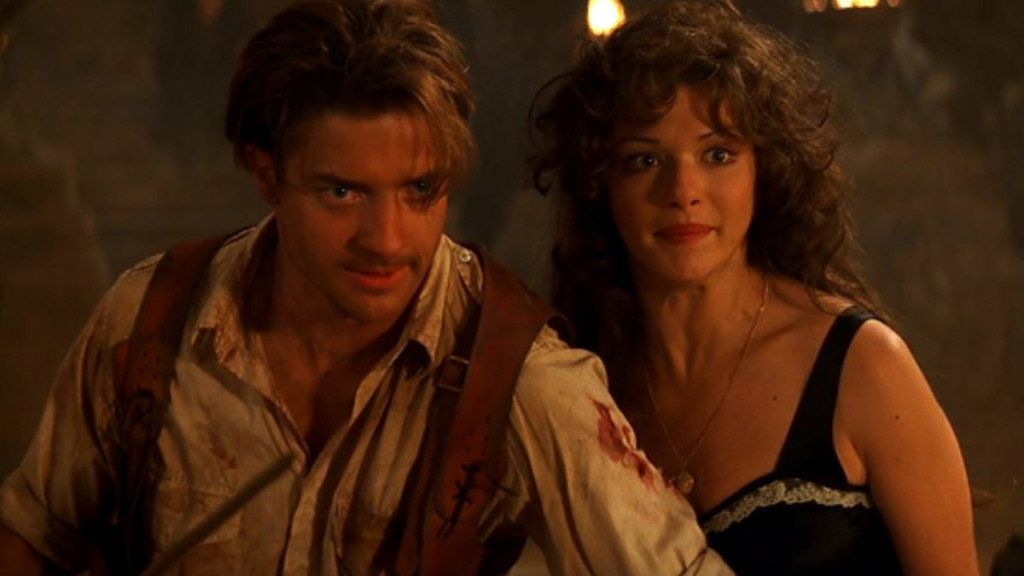
I am of an age that when talking about mummies the first film that comes to mind is 1999’s The Mummy – this brilliant adventure film is jam-packed with fun and excitement and the less said about any of the sequels the better. Mummies are monsters that have been used since the beginning of cinema, with George Méliès making Robbing Cleopatra’s Tomb in 1899. In 1932 we had The Mummy with Boris Karloff as the titular character, the 1999 film is technically a remake of this. And much like the tomb of Tutankhamen which was hidden for thousands of years until Howard Carter broke it open perhaps the best mummy film lies relatively undiscovered- Bubba Ho-Tep, in which elderly Elvis and JFK fight a mummy in their retirement home.
Frankenstein’s Monster
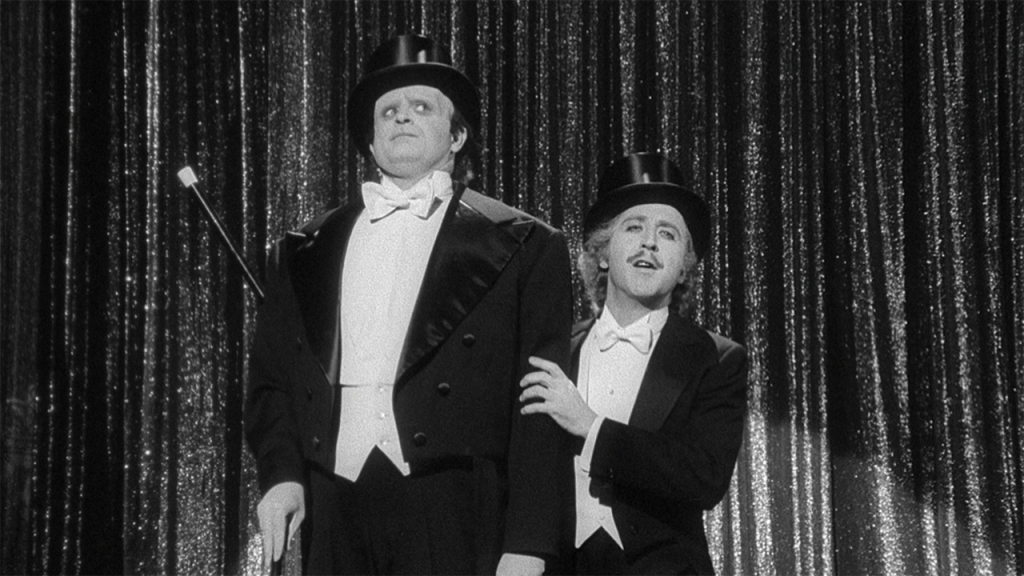
It is very odd for those who read Mary Shelley’s Frankenstein after some exposure to the Hollywood version and find that the Monster is remarkably well-spoken. The monster who can barely speak is very much the invention of the 1931 Frankenstein starring Boris Karloff. Perhaps my favourite Frankenstein film is a parody – the Mel Brooks comedy classic Young Frankenstein, perhaps one of the funniest films ever made with an unforgettable performance by Gene Wilder as a descendent of the original Frankenstein. The most traditional portrayal of Frankenstein’s Monster I’ve seen was probably in the tv show Penny Dreadful. In this show, the Monster is an articulate and intelligent person, capable of tremendous strength, but still shocking in his appearance.
Werewolves
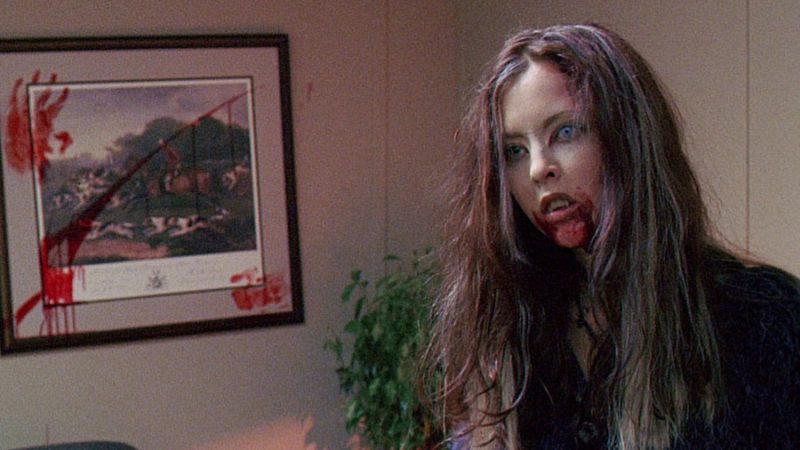
The early archetypical movie of werewolves was probably 1941’s The Wolf Man and its success would lead to various sequels (including Frankenstein Meets The Wolf Man, I’m sure they got on famously). An American Werewolf In London is the story of two backpacking American tourists attacked a werewolf, one killed, the other ultimately transformed. The film is known for its groundbreaking and visceral transformation scenes. There are two more great cult zombie films to mention – Dog Soldiers and Ginger Snaps. Dog Soldiers follows an army unit exploring a forest who are attacked by werewolves, the handful of soldiers retreat to a cottage and try to withstand the werewolf onslaught. Ginger Snaps is a Canadian horror about a teenager who becomes a werewolf, the transformation she goes through and how it affects those around her and feels very different to every other werewolf film I’ve ever seen.
Zombies
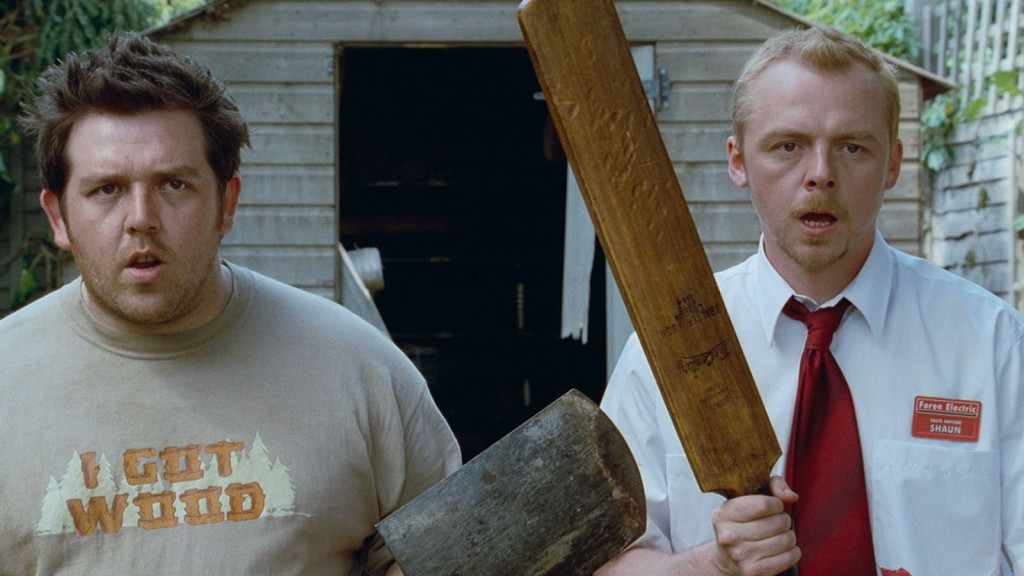
The past twenty years have seen an explosion in zombie films, shows, books and more. Zombies have perhaps the most interesting origins of all the monsters discussed here. Originally a zombie was more connected to voodoo practices than the undead flesh-eaters we think of – zombie filmmaker legend George Romero has repeatedly said he saw his creations as more like ghouls. In modern understanding Night of the Living Dead would be thought of as the first zombie film, a brilliant black and white horror film, where the danger comes as much from your fellow humans as zombies. Jumping ahead several decades we come to the practically perfect Shaun of the Dead and while technically a parody of zombie films is perhaps the best one ever made. Zombie cultural dominance probably peaked with The Walking Dead a spectacularly successful tv show based on graphic novels which is on its eleventh season.
Also Read: Netflix Horror Movie Written Entirely Using Artificial Intelligence


